One day, at lunch, I found perfect plantain. It sent me on an upward spiral (?) – it just made me think so many thoughts. And then I asked other people what they thought of my idea of perfect – not that I needed their validation because nothing will make me call overripe mush dodo but still, I thought it would be interesting to see what people think/ thought. It’s triggered a lot of commentary and contribution and in the next few weeks, I’ll be sharing #dodotales – stories of a beloved cultural icon. Please stay tuned. In the interim, here’s something about the form of perfection.
Perfect plantain?
See my words below!!!
Have a difference of opinion? Can you put it into words?
Share. I want to put together a compilation on my blog. From the jawbreakers to people who want to eat oily mush. I see you, I forgive you.
Peace and love. https://t.co/NS78FJqwBx
— Kitchenbutterfly (@Kitchnbutterfly) October 17, 2018
Made from ripe plantain. Not just-, not over, not under – ripe.
Finding the right plantain is the very first step. Top to bottom – unripe to ripe. Perfection, for me? Numbers 4 to 6
Then, deciding on the cut. You must cut according to how it’ll be served.
On the slant for eating on its own, where it’s queen with stew and meat. And for white rice. And beans.
Diced for Jollof. And other things.
Round too. You know.
I’ve even been to places where they’ve cut it into ‘fries’. Story for another day.
First the cutting. For those on the slant/ round, each slice should be about 6 cm long, and 0.6 – 1 cm thick. Now the height of the slanted piece is another thing. To get the best texture, I like to cut one end thinner than the other so you have a thin, crunchy side and a softer, chewier one. I’m sorry, I didn’t mean to be so complicated. But this is how you do it, no more, no less.
Too thick or too thin and you upset the balance – the perfect harmony of colour, taste, texture goes out the door. Too thick for instance and you end up with raw centres or oil soaked ones when the outer covering is golden because it’s tricky to align temperatures and thickness when its off the dodo scale. And if you think I’m talking nonsense, well that’s your own. Too thin and you have crunchy chips which isn’t what we want. We want dodo, and dodo we want.
Still on dodo. And perfection. There is a perfect thickness, about half a centimetre – and slant – the length should be 2.5 – 3 times the width for a slice of plantain.
— Kitchenbutterfly (@Kitchnbutterfly) April 24, 2018
To dice? Cut each plantain in 4 lengthways, and then in 1 – 1.5 cm pieces across. Some people are able to cradle the plantain and cut it by hand while others need a chopping board. Sigh. We complain not. It is well.
Seasoning? Salt. Only. Well, okay, maybe yaji if you want to do a New Nigerian Kitchen thing. I won’t be angry.
Selecting the right plantain is important, frying it properly is #importanter https://t.co/Mz8cJdDWBn
— 9jafoodie (@9jafoodie) October 17, 2018
I think Ronke missed a step in that cutting it is importanter and frying it properly is importantest!
Anyhow, the plantain should fry in hot oil, till golden brown, edges crunchy, centres soft.
I generally use vegetable oil. In some parts of the country, palm oil is a thing. Even others go with coconut oil. Do you. If deep-frying isn’t in your DNA, here’s what you do. Using a pan/ pot? The oil should go 3/4s of the way in a frying pan (not a crepe pan, please) or be at least 2/3 inches in a pot. Heat up till a cube of bread browns in 30 seconds. If using a temperature controlled deep-fryer, head to the same temps you cook your potato (are you one of the poe tay toe – po ta toe people?) chips. Say 175, 180 degrees C.
It is a crime to throw all the plantain into the pan at the same time. Why? Two may glue together. Literally. If that happens, the plantains are stuck in dodo purgatory – part cooked, insides raw. They will never attain nirvana this way.
Also one of the greatest sins is having plantains stuck together when frying. Sigh. A waste of two good slices. Don’t do it.
Each slice just go into the hot bubbling oil, unaccompanied. Alone. Each must journey alone.
This is how each slice of dodo attains nirvana.
— Kitchenbutterfly (@Kitchnbutterfly) April 24, 2018
Cook and flip each one over once golden – a few minutes.
Once it’s golden all over, remove with a slotted spoon into a (lined) strainer.
The Dodo – once out of the pan the name change from plantain to dodo occurs – should be allowed to cool down for 4 – 6 minutes. This delivers dodo that’s hot but not the hot-of-mouth-roof-burning fame.
And that ladies and gentlemen is the end. Serve as your heart desires. There is peace here x
What is perfection to you?

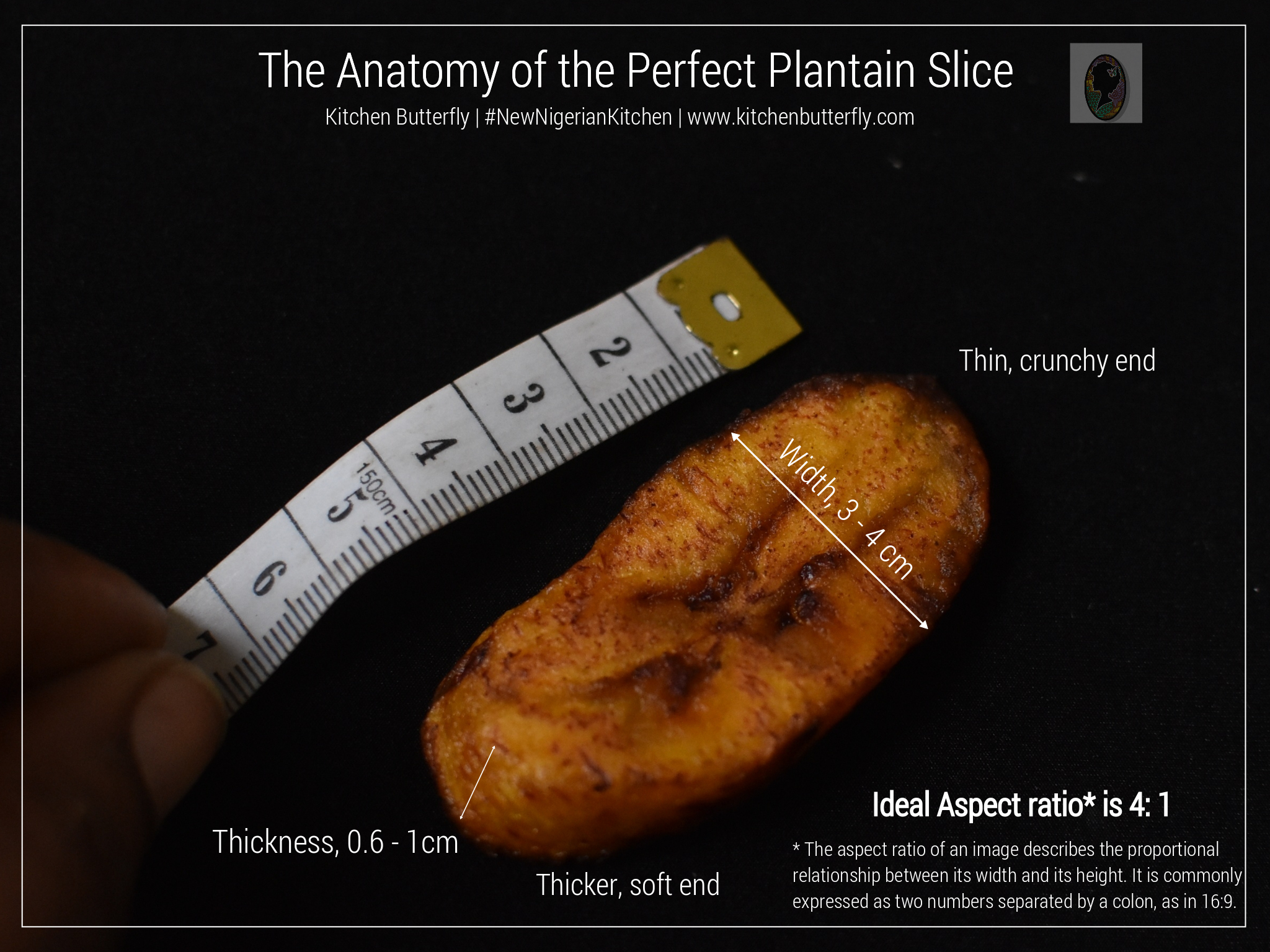
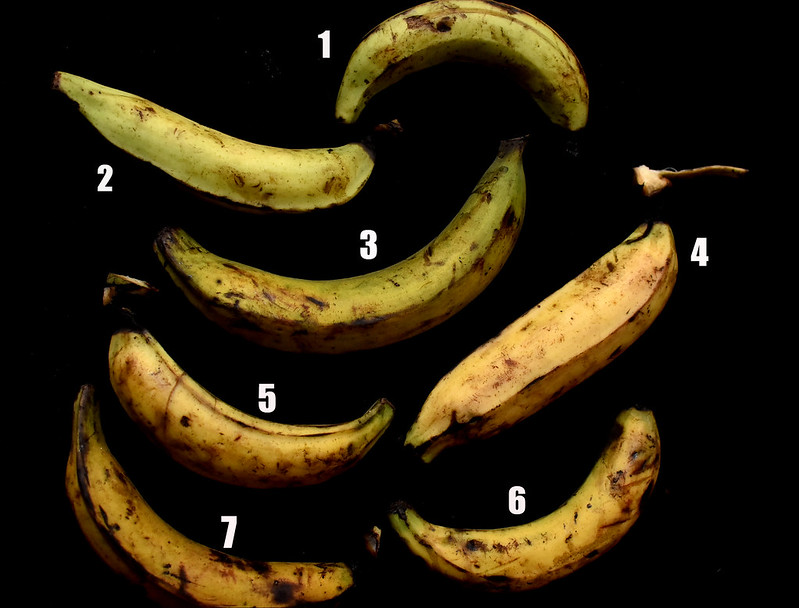

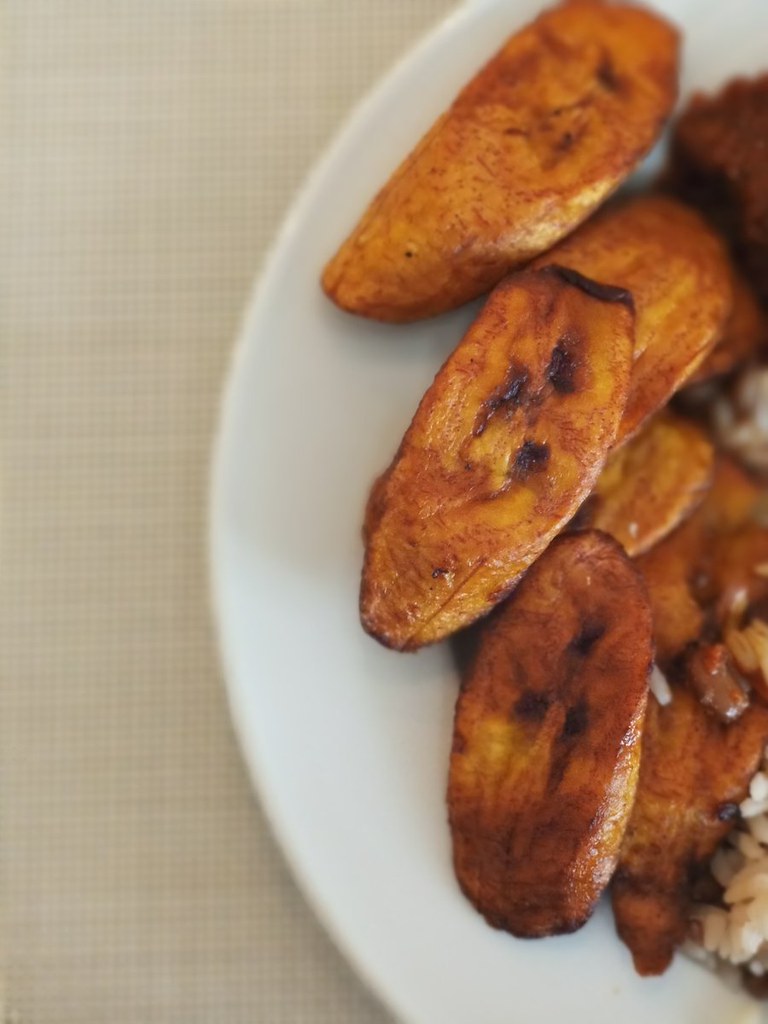
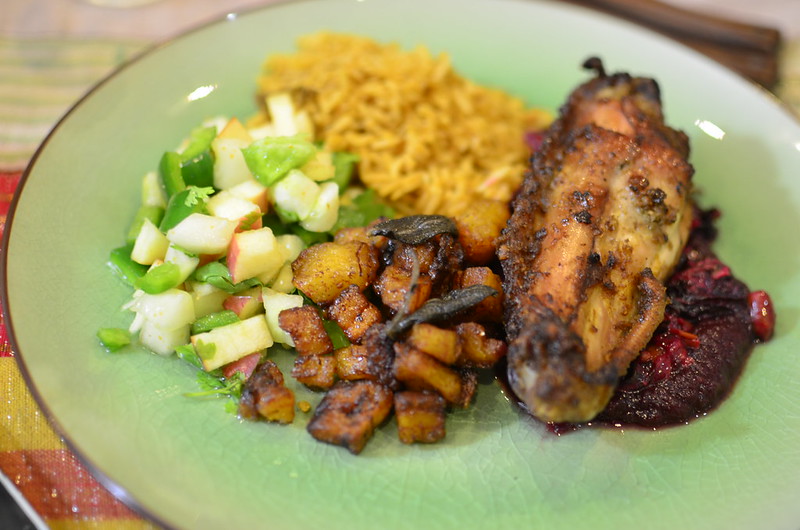
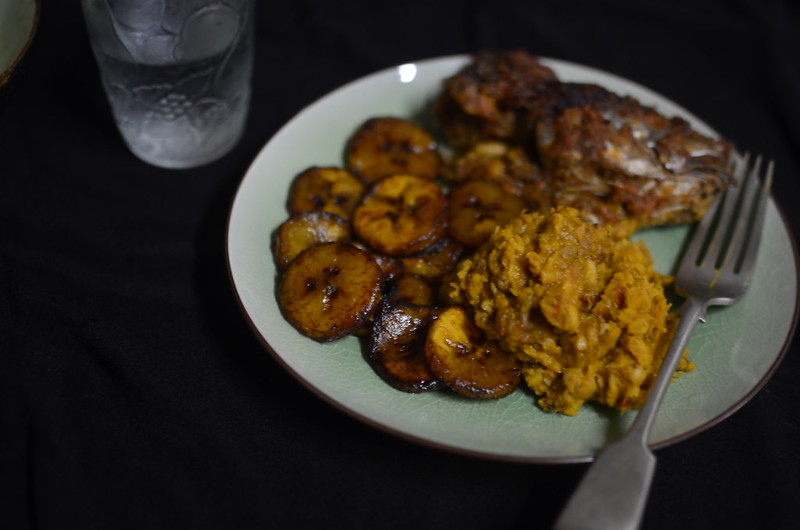

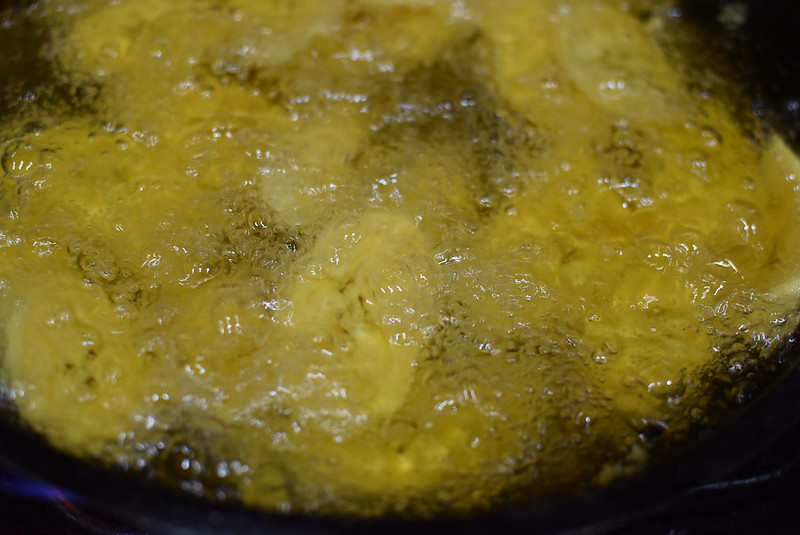
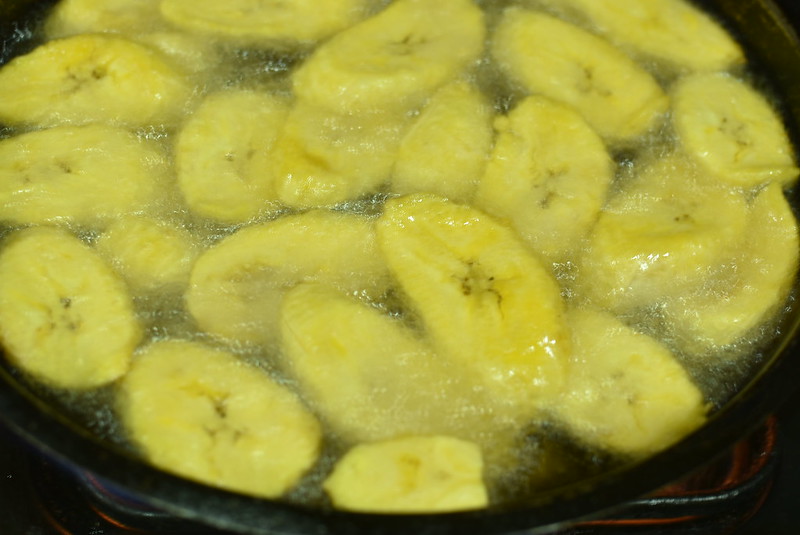

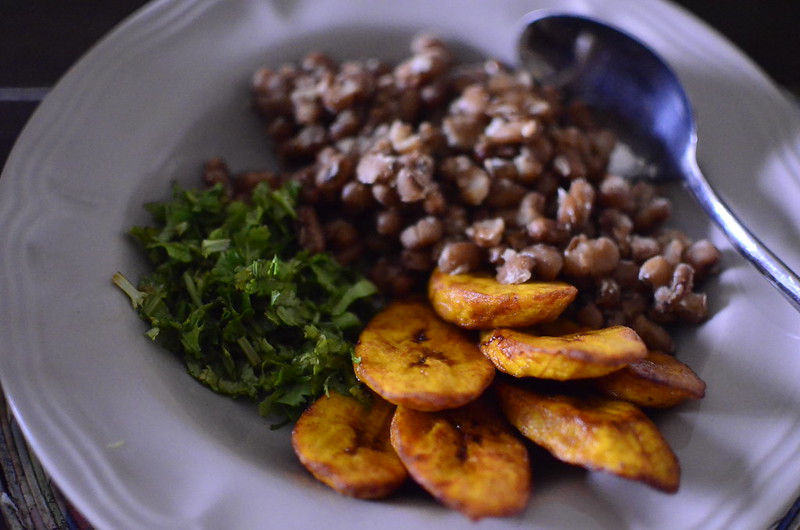
Leave a Reply